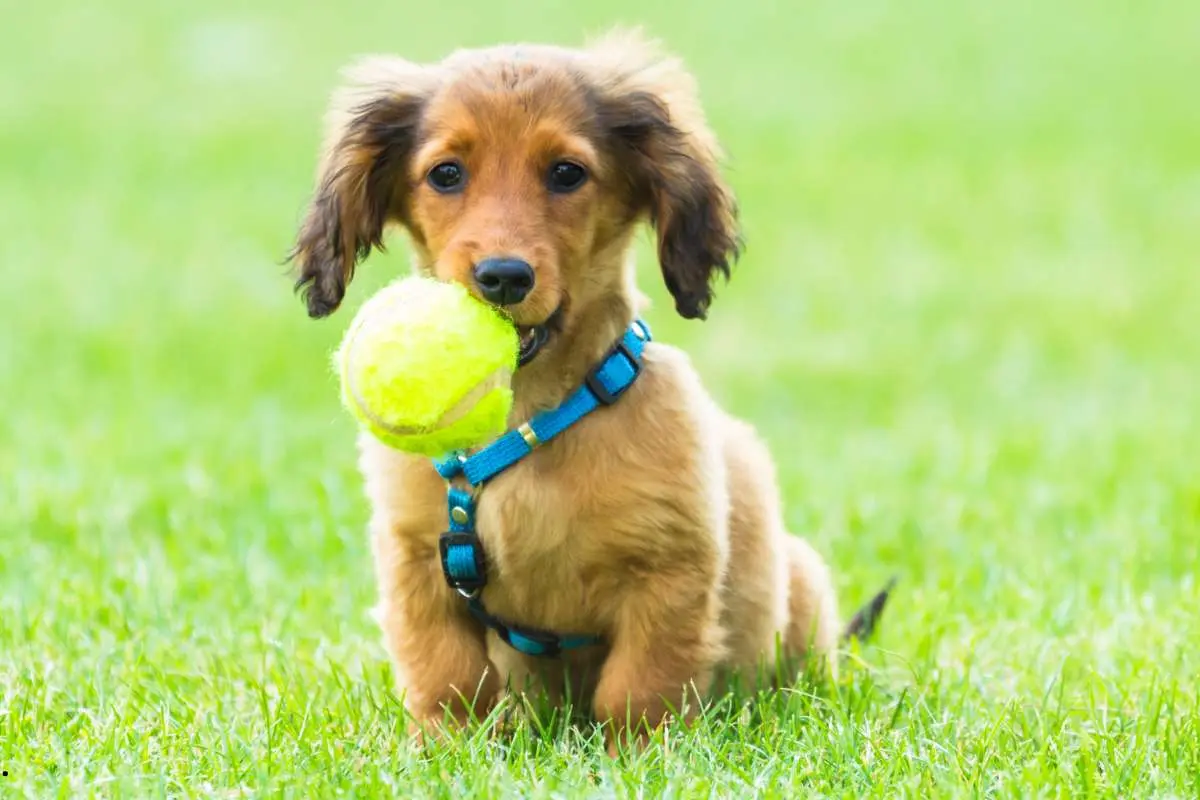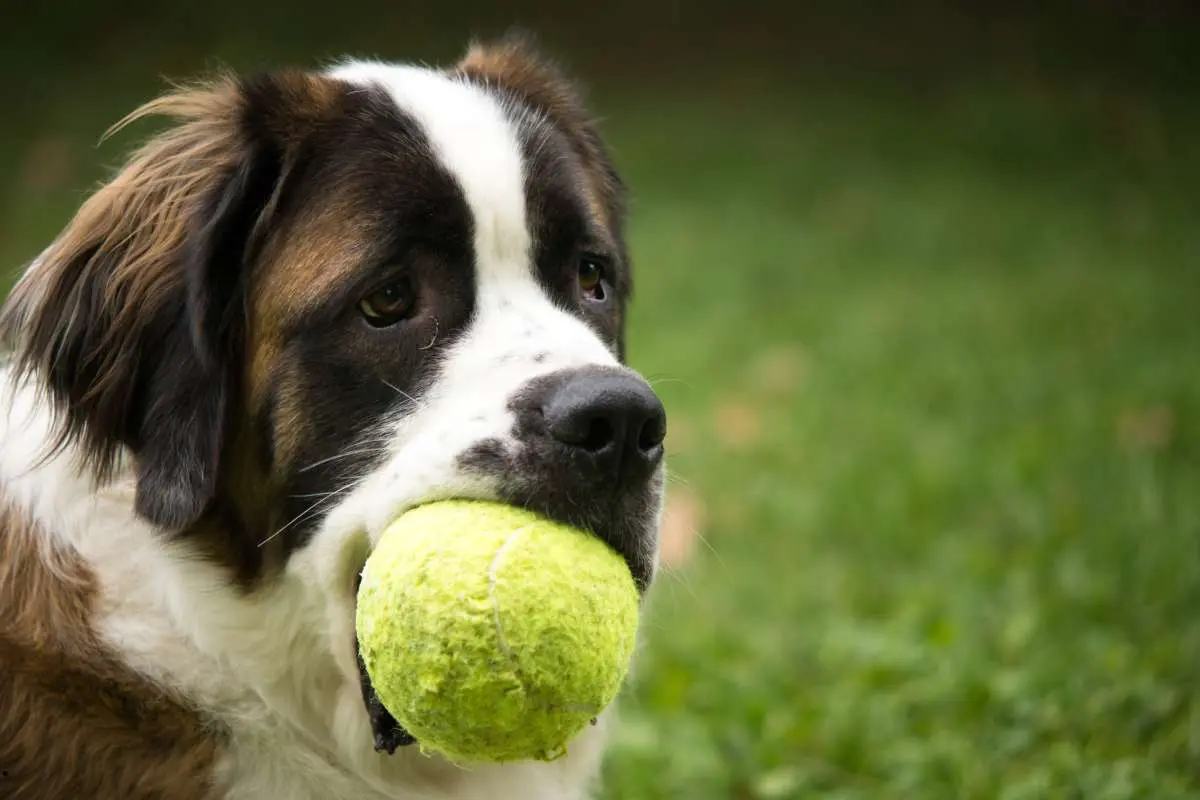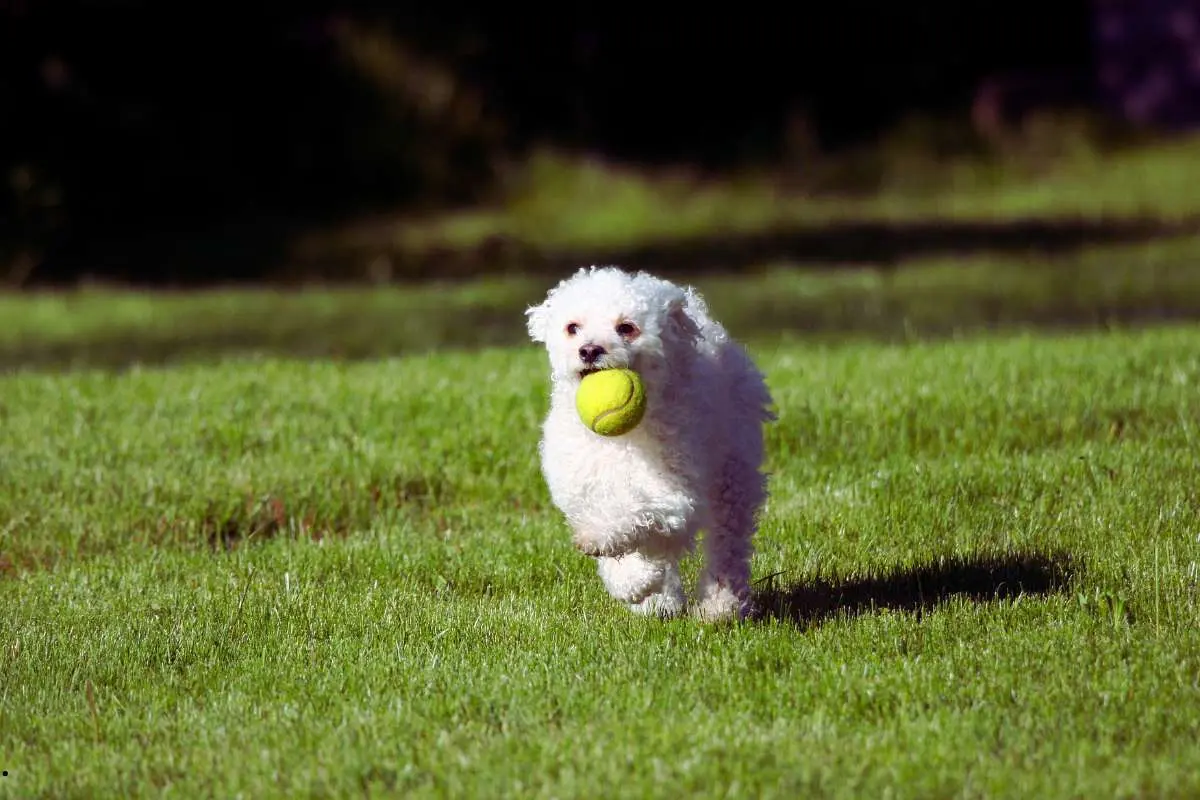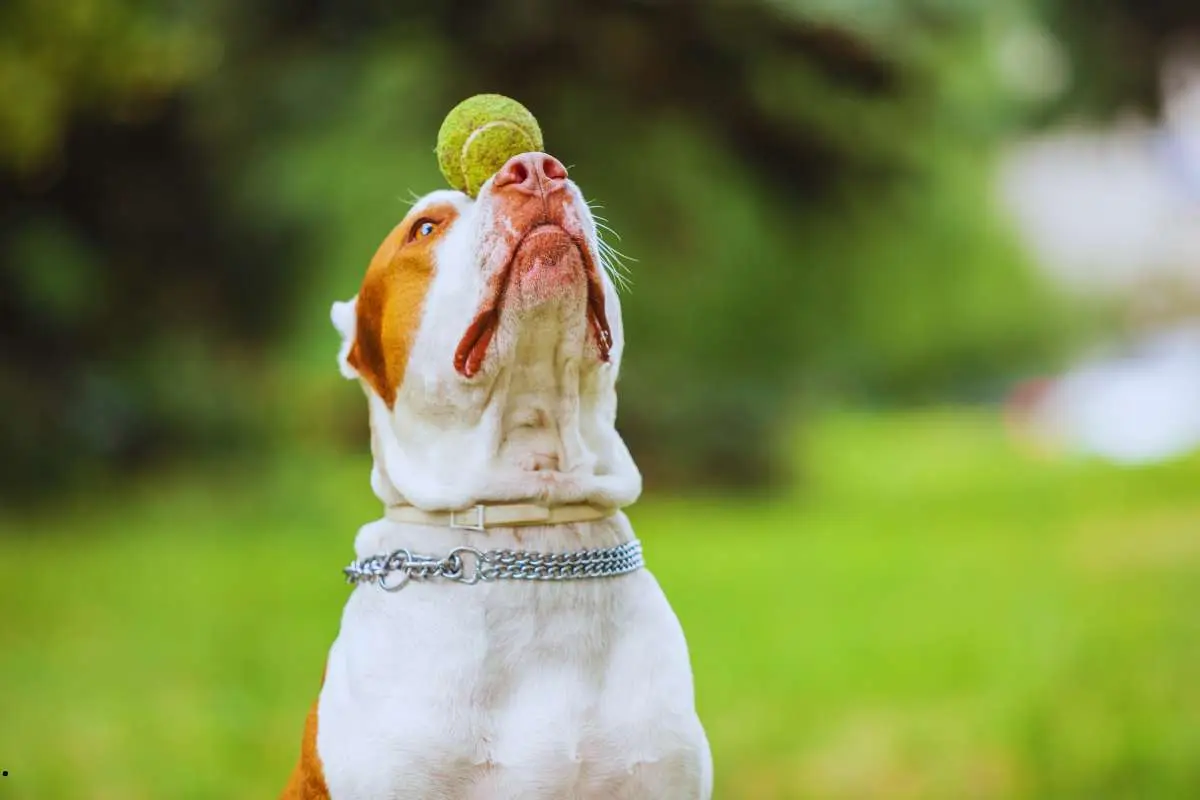Training a dog in flyball can be a fun and rewarding experience for both you and your furry friend. However, it’s crucial to consider your dog’s age when deciding when to introduce them to this high-energy sport. Flyball is an intense activity that involves sprinting, jumping over hurdles, and retrieving a ball, so it’s important to wait until your dog is physically mature before starting their flyball training.
While there is no set age at which all dogs can start flyball, most experts recommend waiting until a dog is at least one year old before introducing them to the sport. This allows their bodies to fully develop and reduces the risk of injury.
Starting a dog in flyball too young can put undue stress on their developing bones and joints, potentially leading to long-term health issues. As always, it’s important to consult with a veterinarian before starting any new physical activity with your dog.
Key Takeaways:
- Minimum Age: Dogs can start training for flyball as young as 1 year old.
- Physical Development: It is important to consider the physical capabilities and maturity of the dog before starting flyball training.
- Socialization and Training: Prioritize socialization and basic obedience training before introducing a young dog to the high-energy sport of flyball.

Understanding Flyball
Definition and Origin of Flyball
One of the most popular dog sports, Flyball is a fast-paced relay race where teams of four dogs race against each other over a series of hurdles to a box that releases a tennis ball. The dogs catch the ball and then race back over the hurdles to the start/finish line. The sport originated in Southern California in the late 1960s and has since gained popularity worldwide.
Key Components of a Flyball Course
Some key components of a Flyball course include four hurdles spaced 10 feet apart, a spring-loaded box that releases a tennis ball when the dog hits it, and a start/finish line where the dogs wait for their turn. The course is designed to test the speed, agility, and focus of the dogs as they navigate the obstacles and retrieve the ball.
This high-speed sport requires precision and coordination from both the dogs and their handlers to successfully complete the course without any errors.
Starting Ages for Flyball Training
Minimum Age Considerations
Any dog can start flyball training, but it is recommended that they be at least 1 year old. At this age, dogs have usually finished growing, reducing the risk of injury during training and competition. The mental maturity of a 1-year-old dog also aids in learning the complex skills required to flyball successfully.

Physical Development Factors for Young Dogs
There’s a delicate balance to consider when starting flyball training with young dogs. While their enthusiasm is commendable, their bodies may still be developing. It’s important to wait until the growth plates in their bones have closed before pushing them too hard in flyball training. This usually occurs around 12–18 months of age.
- Proper warm-up and cool-down exercises are crucial for preventing injuries.
- Excessive jumping and quick direction changes should be introduced gradually to allow the dog‘s body to adapt.
Considerations
Flyball is an intense sport that requires dogs to sprint, jump, and twist with speed and precision. While flyball can be incredibly rewarding for both dogs and their handlers, it’s important to ensure that the dog is physically and mentally ready to participate. Proper training techniques and conditioning can help dogs excel in this sport while minimizing the risk of injuries.
Types of Breeds Suitable for Flyball
Unlike other dog sports, flyball is a team sport that requires a combination of speed, agility, and drive. While any dog can partake in flyball, there are certain breeds that are more suited for this high-energy activity. These breeds typically possess the traits necessary to excel in flyball competitions.
| Border Collie | Jack Russell Terrier |
| Whippet | Staffordshire Bull Terrier |
| Shetland Sheepdog | Australian Shepherd |
| Border Terrier | Belgian Malinois |
| Greyhound | German Shepherd |
This list is by no means exhaustive, but these breeds are often seen competing in flyball tournaments due to their inherent characteristics.

Characteristics of High-Performing Flyball Breeds
You’ll find that breeds excelling in flyball share common traits such as high energy levels, agility, speed, and a strong desire to work and please their owners. These characteristics are crucial in achieving success in the fast-paced environment of flyball competitions.
Popular Breeds in Flyball Competitions
There’s a reason why certain breeds are more popular in flyball competitions. Breeds like the Border Collie, Jack Russell Terrier, and Whippet excel in flyball due to their intelligence, trainability, and speed. These breeds are often seen dominating the flyball scene, showcasing their athleticism and love for the sport.
It’s important to note that while these breeds are commonly associated with flyball, any dog with the right temperament and drive can participate and enjoy this exciting sport. The key is to understand your dog’s strengths and abilities to determine if flyball is the right fit for them.
Preparing Your Dog for Flyball
Assessing Your Dog’s Readiness
All dogs, regardless of breed or age, need to be assessed for their physical fitness and temperament before starting flyball training. It is crucial to ensure that your dog is in good health, with no underlying medical conditions that may be exacerbated by the high-intensity nature of flyball. Additionally, your dog should display a keen eagerness to fetch and chase a ball, as this drive is crucial for success in flyball. If your dog exhibits any signs of aggression or fearfulness in the presence of other dogs or loud noises, they may not be ready for flyball training just yet.

Basic Training Before Starting Flyball
Your dog should have a solid foundation in basic obedience commands before beginning flyball training. Commands such as ‘sit,’ ‘stay,’ ‘come,’ and ‘leave it’ are vital for effective communication with your dog during flyball drills.
Training your dog to focus on you amidst distractions will also be beneficial in the fast-paced flyball environment. Consistent positive reinforcement techniques will help your dog understand and obey commands more effectively, setting them up for success in flyball.
It is important to note that flyball is a high-energy sport that can be physically demanding on dogs. Ensuring that your dog is mentally and physically prepared for the intensity of flyball will help prevent injuries and promote a positive experience for both you and your furry companion.
Step-by-Step Guide to Flyball Training
Once again, flyball training requires patience, consistency, and positive reinforcement. Here is a step-by-step guide to help you successfully train your dog for flyball:
| Step | Description |
| 1. Basic Obedience Training | Before starting flyball training, ensure your dog has a strong foundation in basic obedience commands like sit, stay, and recall. This will help in controlling your dog during the high-energy flyball races. |
| 2. Introduce the Ball | Start by introducing your dog to the tennis ball used in flyball. Encourage your dog to chase and retrieve the ball, associating it with a positive experience. |
| 3. Low Jumps | Begin training with low jumps for your dog to safely practice jumping over hurdles. Gradually increase the height as your dog gets more comfortable with the jumps. |
| 4. Introduce the Flyball Box | Teach your dog to press the flyball box to release the tennis ball. Use positive reinforcement techniques like treats and praise to encourage this behavior. |
| 5. Add Speed and Accuracy | Focus on improving your dog’s speed and accuracy in fetching the ball and returning over the jumps. Practice regularly to build your dog’s confidence and skills. |
| 6. Join a Team | Once your dog masters the basic flyball skills, consider joining a flyball team to participate in competitions. Team training can further enhance your dog’s abilities and socialization. |
Note, that consistency is key in flyball training. Exercise caution when introducing jumps to prevent injuries. Always prioritize your dog’s safety and well-being throughout the training process. Celebrate small victories and progress to keep your dog motivated and engaged. With dedication and proper training, your dog can excel in the exciting sport of flyball.
